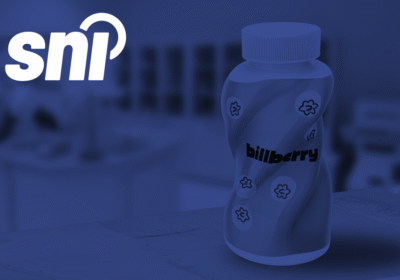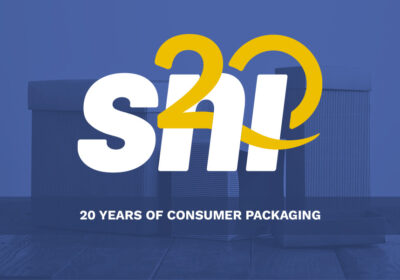As more and more North Americans are self-isolating, we are seeing a lot of movement behind the scenes of retail grocery stores. With enormous changes in the food-service sector and food manufacturers adapting to a new focus on customers, the food sector is learning the meaning of collaboration.
At the peak of the pandemic, food-service distributors saw their sales decline by almost 70%, leaving them faced with warehouses full of inventory. Sales were sinking as restaurants either closed their doors or reduced capacities to take-out and delivery. The food had been donated to local food banks when possible. While this sector of the food industry was collapsing due to lack of business, the retail supply chain was crumbling for the complete opposite reason.

Retailers were encountering enormous challenges keeping their shelves stocked, consumers began purchasing out of panic, others reducing their frequency of restaurants resulting in more food purchases for their new home cooking. The major food-service distributors saw a mutual benefit that could be created for the two distribution networks to work together like we haven’t seen before.
The collaboration between food-service distributors and retail grocers started off simply with a way to off load excess food to retail but quickly adapted to include other opportunities.
Retailers were requesting assistance managing their supply chain because the need for more warehousing capabilities, including skilled warehouse workers, storage space, and trucks to deliver directly to stores.
This shift in focus has not only affected food-service distributors but also the companies which supply them with products. Food manufacturers and suppliers are beginning to notice the change in consumer focus.
Manufacturers are beginning to create more retail-type products to dive into a new market for their companies. With this new market comes changes in packaging and design requirements to meet new regulatory requirements and create a competitive edge for their products. Food label design goes a long way in the consumer decision making process and therefore the current black and white dull food service labels you may be using are certainly compliant and do not do enough to grab the shopper’s attention and stand out on the shelf.
For anyone making the switch from manufacturing for food service to retail, keep in mind the labelling requirements for these two sectors are quite different. Please reach out to the team at Source Nutraceutical to provide any help you may need getting your food or beverage products onto North American shelves today.




